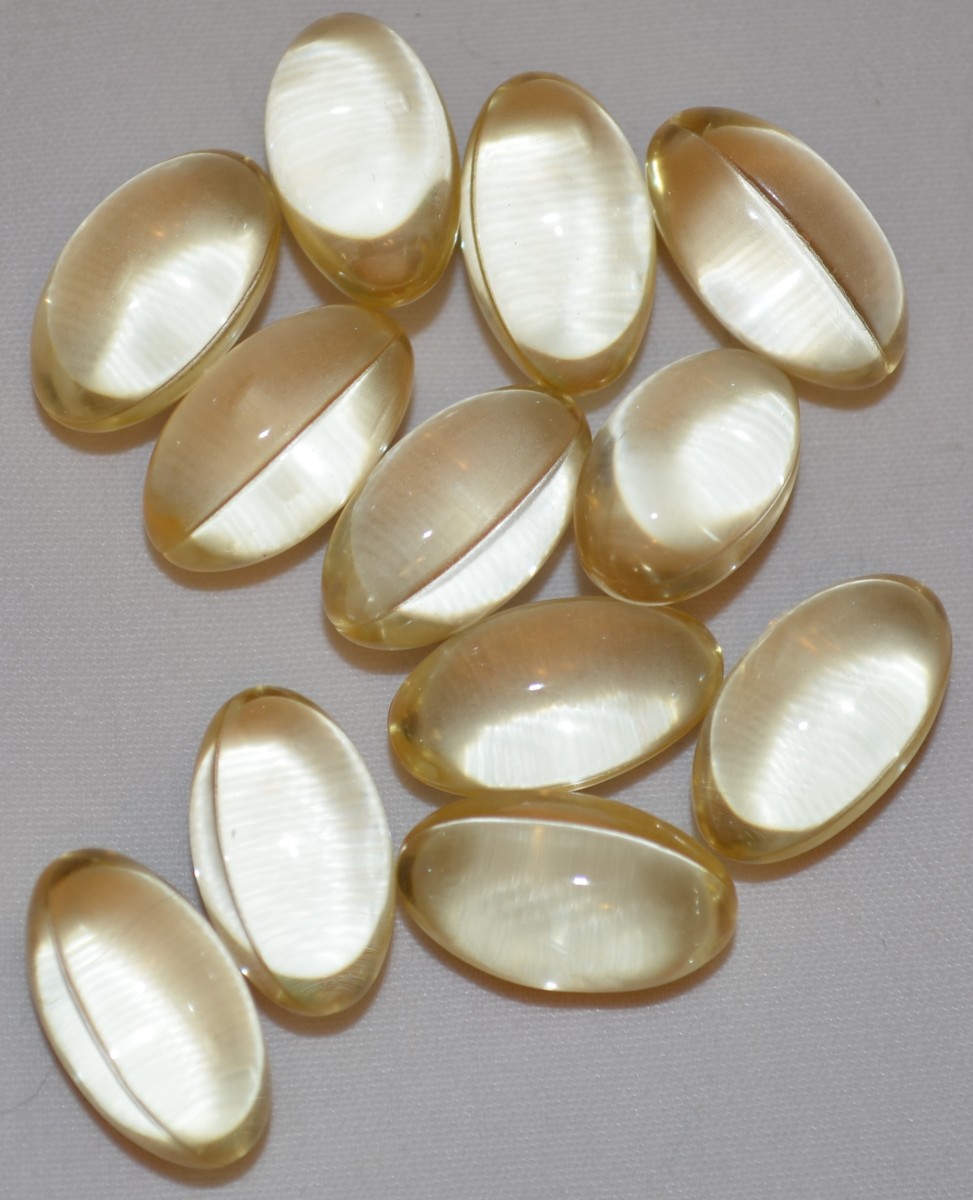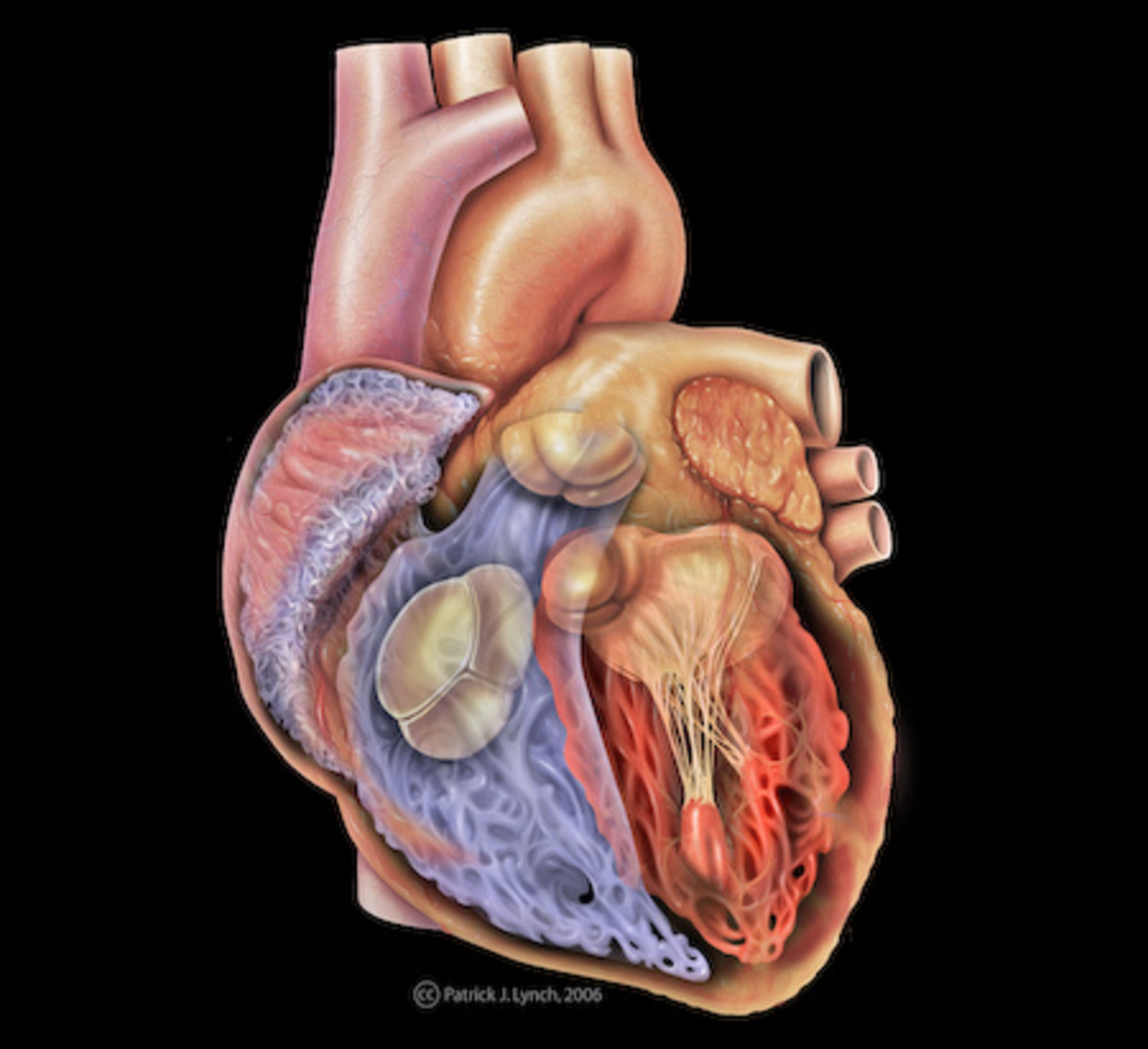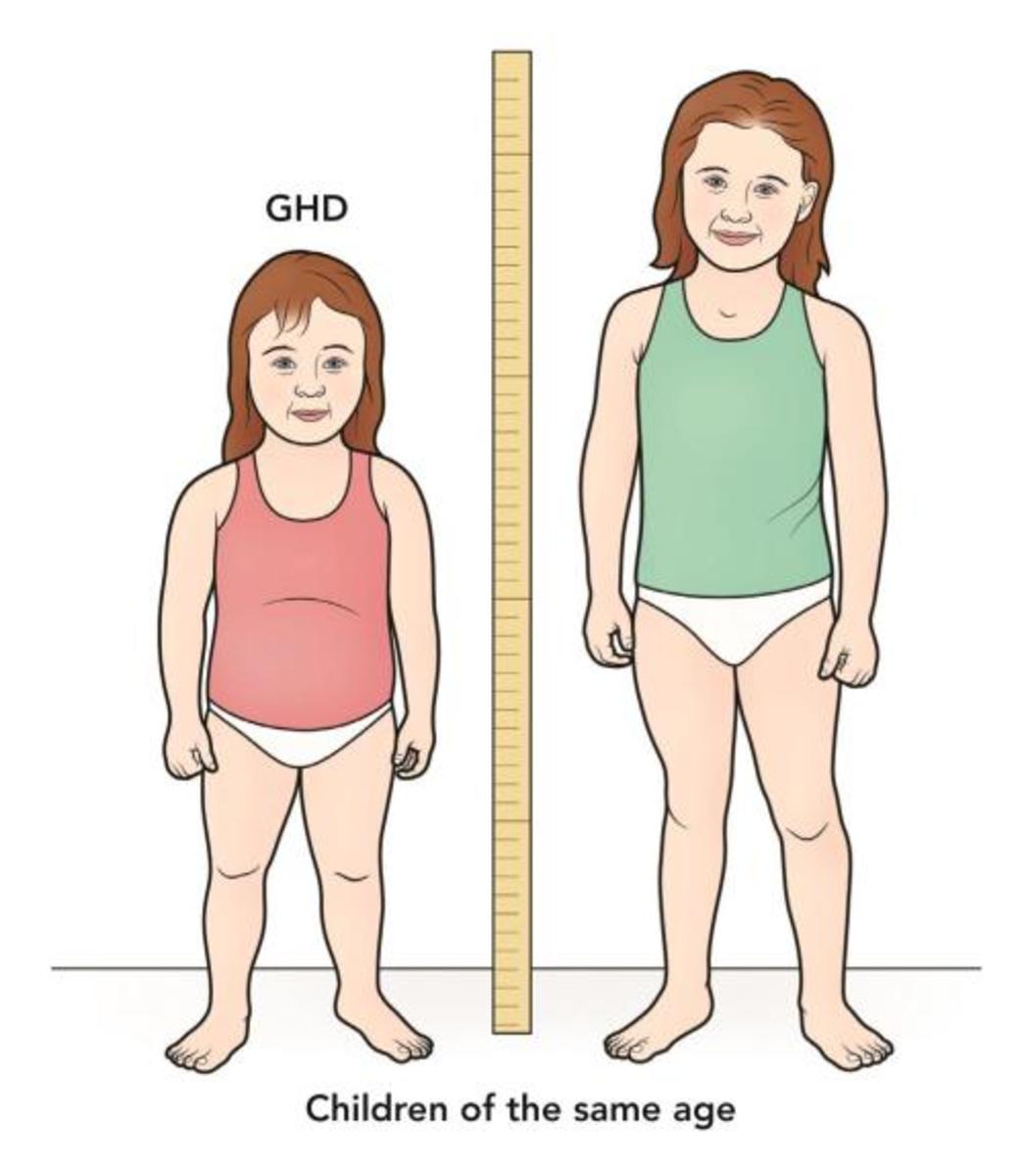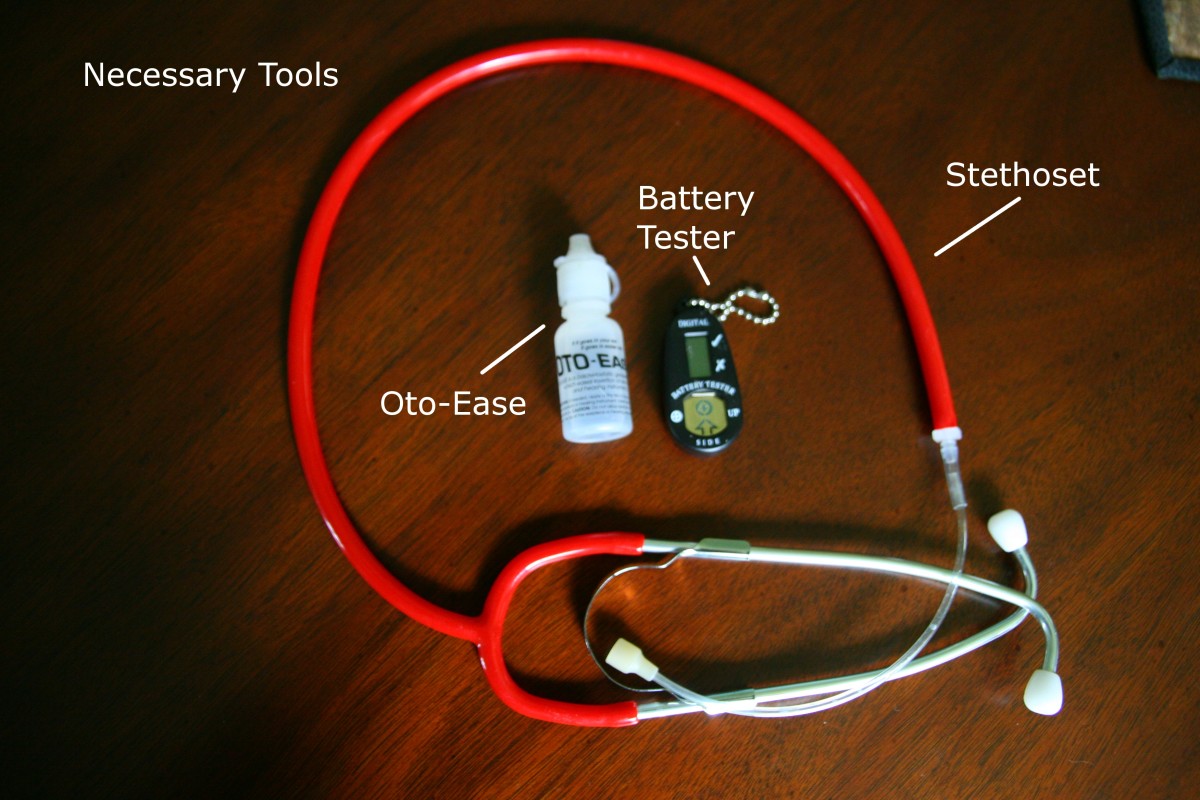Nutritional Treatments of Autism - B6 and Magnesium
B6 AND MAGNESIUM
Background
B6 is a member of the B vitamin family and much research has been done on its use in relation to autistic spectrum disorders. The first research on the use of B6 took place in the 1960s and numerous studies have taken place since then. There is an enormous variation in the amount of B6 needed by individuals, and very often those with autism need a greater level of B6 than most. This is probably due to some malfunction elsewhere in the body which requires extra B6 to stabilise it. In some cases excess doses of B6 can lead to peripheral neuropathy (a tingling or numbness in the fingers and/or toes) but this is extremely rare and will stop after a few days of reducing the dosage. This is the only possible side effect of this approach discovered so far. If magnesium is given with the B6 then the peripheral neuropathy does not occur.
B6 is a water soluble vitamin, it is also known as pyridoxine. It is often indicated in depression, premenstrual syndrome and allergies (Trattler, 1985). It is needed for the formation of brain substances and nerve impulse transmission and is involved in the production of serotonin, dopamine, gamma amino butyric acid (GABA), norepinephrine and epinephrine. Serotonin is involved with behavioural patterns and moods. It seems that abnormal serotonin function is related to arousal, anxiety, affect, learning, memory, thermoregulation, motor control, pain modulation and aggression. (Wilkinson and Dourish, 1991). Norepineprhine and epinephrine are also known as noradrenaline and adrenaline. B6 has known properties as an anticonvulsant and it can also be destroyed by some anticonvulsants, which is relevant since autism and epilepsy often occur together. Supplements of B6 are usually very quickly absorbed and improvements from taking it can show within a few days. Good food sources of B6 are brewer’s yeast, wheat bran and yeast extract.
Magnesium has been shown to be very effective with autism, when used in conjunction with B6 (Henry Spink Foundation, 2006). It helps with the processing and the absorption of the B6 and this is its main role in this therapy. Low serum magnesium levels have been noted in autistic patients (Pfeiffer, Iliev, Goldstein and Jenney, 1969). Magnesium is absorbed through the small intestine and the rates of absorption can vary considerably. Obviously, in cases of autism, where bowel function can often be an issue, the absorption rate can be lower than usual. Magnesium is also involved in nerve impulse transmission. Natural sources of magnesium are green vegetables, nuts and unrefined grains.
According to the book, Children with Autism (Trevarthen et al, 1998), those children who are younger, more intelligent, with better language and with raised pre-trial urinary HVA levels seem to benefit the most from treatment with B6 and magnesium.
Bernard Rimland (2006) who is very experienced in this subject and has an autistic child of his own, claims that 30% of children with autism show significant improvement with megadose supplementation of B6 and magnesium although he doesn’t give any specific figure. Other people have suggested figures of between 30% and 60%. Improvements reported by parents are in attention, learning, speech and language and eye contact. When B6 is taken in conjunction with the other B vitamins an overdose is practically impossible since the body excretes excess vitamin B.
Paul Shattock and Paul Whiteley (2002) of the Autistic Research Unit in Sunderland support this study and say they have never come across any bad effects from the use of these supplements. However, they recommend that the gluten free casein free diet be followed first to see if it has any effect and this method should be tried later. This is because the gluten free casein free diet will minimise the chances that the body is fighting external factors (ie the intake of food) before trying to sort out imbalances.
One problem with comparing the different research done is that some of the studies select the dosage in milligrams per day and others relate it to the body weight and so are giving dosages of a certain amount of milligrams per kilogram of weight. Since the weights of the children are not given in the reports, it is impossible to compare the two types. Another problem is that according to Pfeiffer et al (1995) many of those selected for much of the research come from the same two treatment facilities in France and so maybe the same children have taken part in the research before or there may be other factors that have not been considered. However, since this study was done over ten years ago, this factor has probably been corrected in the more recent research.
The average effective dose is 30mg per kilogram of body weight for vitamin B6 and 10mg per kilogram for magnesium (Table 1). The generally recommended procedure is to start at a quarter of this and slowly increase it every 3 to 4 days (Edelson, 2002). Watching for changes in the child’s behaviour should help to determine the amount of the supplement required. Obviously, if a person is not deficient in these nutrients, no improvement will occur. Alternatively, since it is an average dosage, some people may require higher dosages.
Evaluation
Because vitamin B6 and magnesium supplementation is one of the oldest methods for controlling autism, there has been plenty of opportunity for research, although much of it is done on fairly small numbers of children. The first research tended to be just with B6 but later magnesium was used as well. The very first research was an open trial performed by Heeley and Roberts (1965) on sixteen autistic children to whom they gave one dose of 30mg of B6. They judged improvement by measuring tryptophan in the urine and eleven of the sixteen achieved normal levels. No behavioural tests were given. No further information is available on this study. B6 is involved in tryptophan metabolism (Holman, 2006). Next came four more studies (Bonisch, 1968; Rimland, 1973; Lelord, 1978; Rimland, Callaway and Dreyfus, 1978) who gave varying doses of B6 and found noticeable behavioural improvements in at least half of the subjects studied. In the Bonisch (1968) open trial study, twelve out of sixteen improved and this included three who spoke for the first time.
In the Rimland, Callaway and Dreyfus (1978) double blind crossover trial (Table 1) eleven of the fifteen children showed improvement in behaviour. However, these children were children who had already responded to B6 treatment and had regressed when the supplementation had been removed. They were all taking other vitamins, minerals and/or drugs at the same time. The different vitamins and minerals can react with each other and may support or reduce improvement which could affect results, also it does not say if the supplements being taken already included B6 which they probably did. In addition there seems to be no pattern in the different doses of B6 that were given. Improvements were measured by asking parents and teachers to mark individual checklists. This is unreliable, but there is no easy way of measuring improvements in behaviour and there was no independent assessor of ability. This was a small scale study and one of the first on this topic and so has achieved the aim of showing that there are indications that B6 will help with autism.
Next came the LeLord et al (1981) study which was in two parts, (Table 1) firstly an open trial to determine which children responded to this treatment and secondly a crossover, double blind trial to study those that did. The first part was a study on 44 children with autistic symptoms and found behavioural improvements in fifteen out of the 44, but that in all but one of these the improvement disappeared within three weeks of the end of the treatment. Most of the children (34) were on psychotropic medication and this was maintained during the treatment period, similar numbers of children both taking and not taking this medication showed improvement. From these 21 who responded to the treatment were put forward in a double blind placebo crossover. The improvement was also tested by measuring the HVA in the urine. Behaviour ratings were taken for a week before the treatment and then measured during and after the treatment period. The controls were eleven healthy children. They noted that the main improvement seemed to be in contact with other people. Again, this was a small scale study. Some of these children had disorders in addition to the autism which may have affected the results. The double blind crossover study lasted for four weeks (two weeks on the treatment and two weeks off). Other studies have found that improvement does not start until about two weeks so a longer period of time would have been better. However the inclusion of both behavioural and physicial measurements will help reliability of results.
Many other studies have been done since then (Martineau et al, 1981; Martineau et al, 1982; Barthelemy et al, 1983; Jonas et al, 1984; Martineau et al, 1985; Martineau et al, 1986; Martineau et al, 1988; Martineau et al, 1989; Rossi et al, 1990; Menage et al, 1992; Moreno et al, 1992; Tolbert, 1993; Jonas et al, 1984; Hopkins, 1999; Audhya, 2002; Kuriyama, 2002) and only one (Findling et al, 1997) (Table 1) has not resulted in an improvement, in addition he was unable to produce any statistical figures. Findling performed a ten week double blind placebo controlled crossover trial and found no improvement. He did not include a washout period, which is important to ensure that any improvements from the B6 and magnesium already taken are not still in the body. Improvement was measured on a behavioural scale by parents, teachers and clinicians. Like many other research studies this was also on a small scale (ten people). They state that many of the questionnaires to be filled in by the teachers were not completed due to the time of the school year, which obviously makes it hard to provide adequate statistics. He did no physical measurements and a longer time period would have been better. It is important to note that according to Bernard Rimland (1998), who has done much research on this topic, one of Findling’s colleagues, Max Wixnitzer, stated at a conference in 1996 that all previous research on B6 and magnesium was invalid and he would prove that it did not work.
Much of the research above has been done by a group of researchers in France, Martineau, Barthelemy, Menage, and Moreno and presumably much of it has been done on the same set of children. Whilst this possibly gives more support to the fact that some children improve with the use of B6 and magnesium, it may also affect the reliability of the percentage of children who can be helped. In the open non-blind controlled trial by Martineau et al (1988) the eleven children had already proved to be sensitive to the use of vitamin B6 and magnesium (Table 1). It was a study of a small number of children and supported previous research on the subject. Improvements were measured using a behaviour rating scale, both by staff working in the day centre where they had all attended for some time and also by independent raters. Although behaviour measures can be unreliable, the combination of the same staff who knew them measuring them all and independent raters, should help to minimise errors. Biochemical and electrophysiological measures were also taken which will improve the reliability of the results. Other children from the centre were used as matched controls. The figures show improvement in both the treated children and the controls, but the improvement in the treated children is much more marked and deteriorated when the treatment was withdrawn.
The Tolbert et al (1993) double-blind placebo-controlled asymmetric crossover designed study was on fifteen students in a residential school (Table 1). These children, as well as being autistic, had low IQs (all below 65). He noticed a slight improvement but nothing significant. However, he used a much lower dosage of B6 and magnesium than was recommended, because they felt that if they noticed some effect the children could be kept on these dosages for a long time without concern about reactions. They say themselves that the results of this study do not refute the results of previous studies, where higher dosages are used. In addition, whilst this supplementation may help autism, there is no indication that it affects intellectual ability and this will be reflected in the changes in behaviour, where the intelligence may have a greater effect than the autism.
Pfeiffer (1995) did a summary of all the research that had been done up to date on the use of B6 and magnesium with autism (Table 1). He points to many issues in these studies that reduce their reliability. He says that vitamin therapy is less effective than drugs and potentially harmful. However, there are no drugs that have much effect on this condition, especially in the higher functioning child and the main reason he says that it is potentially harmful is because it may give the families false hope, which can be said about many therapies and drugs. He also expresses concerns about the lack of research on the side effects of taking large doses of these supplements in the long term and points out that there is limited information about the effects, both positive and negative, of taking these supplements for extended periods. The other side of the coin is, it is cheap, it does not seem to have any side effects and is relatively easy to implement (unlike the gluten free casein free diet or many behavioural or exercise based therapies) so it should be worthy of consideration. Also, we don’t know what effect a deficiency of B6 can have in the long term, maybe it is more serious than an excessive dose. He doesn’t mention that whilst there are a limited number of larger scale studies the total quantity of small scale studies must indicate effectiveness.
A four week randomised double blind placebo controlled study took place in Japan by Kuriyama et al (2002) on eight children with pervasive development disorder (PDD) (Table 1). This showed a considerable improvement in verbal IQ levels. This research was on children with PDD rather than autism, but autism is a subset of PDD. Eight children took part. Children who had taken psychotropic drugs or vitamin supplements were excluded from the study, this is something that not many of the other studies have done and will help with the reliability of the results. Results were measured on intelligence quotient tests conducted by a clinical psychologist and social tests taken by the parents. As usual it was a small scale study and only for four weeks. Since PDD is a communication disorder, it is impossible to tell from the information given whether their IQs improved or just their verbal ability and therefore their ability to express the answers.
The largest scale study was a retrospective study performed by Rimland and Edelson (2005) and this was done on 5780 autistic children and adults who took various dosages of B6 and magnesium (Table 1). These doses were decided by the parents and /or doctors as part of a study of 85 biomedical interventions. The results of this was that 47% of the subjects showed improvement, 49% claimed there was no change and 4% said that behaviour became worse, although this can happen before improvement takes place. This study is an ongoing one which asks parents to give their opinions of a range of supplements, drugs and special diets and it is therefore full of potential errors. However a total of 23,700 parents have taken part and it gives an interesting set of figures.
A recent review by Nye and Brice (2006) states that “the use of vitamin B6 for improving behaviour of individuals with autism cannot currently be supported” because they feel that there is no reliable research on the subject (Table 1). However they fail to point out that whilst there is little research which is double blind crossover placebo on large numbers of children, there are enough indications that this approach could well be effective.
More recent research (Adams and Holloway, 2004; Adams et al, 2006) progresses the research on, getting more to the root of the problem. The first of these was a randomised, double blind placebo controlled three month study on twenty children (Table 1). The children were given a moderate dose multivitamin and mineral supplement. Those who had any change in treatment in the previous two months were excluded which will minimise changes resulting from other causes. The levels of B6 in the blood plasma were measured at the beginning and the end of the study. The children with autism were found to have particularly high levels of B6 both before and even more so afterwards, which indicates the possibility of low conversion rates of B6 to the more active versions of the vitamin. Levels of vitamin C and alpha lipoic acid were also measured. There was a parental questionnaire included which showed significant improvements in sleep and gastrointestinal symptoms. This questionnaire was fairly basic and more detailed information on behaviour could have been obtained. Because this research involved the taking of a general multivitamin and mineral rather than specific B6 and magnesium it is difficult to tell whether other nutrients led to the changes. However, an all round nutritional supplement is generally better than specific ones because it gives the nutrients in a normal balance for the body. This led them to do their next research.
Adams et al (2006) took measurements of the different forms of B6 in the urine and found that whilst the children had exceptionally high levels of B6 and low levels of pyridoxal 5 phosphate (Table 1). They believe this indicates that there is a low conversion rate from B6 in the form of pyridoxal and pyridoxine to pyridoxal 5 phosphate, which is the active version of the vitamin which is a cofactor in over 100 well known enzymes including many neurotransmitters. This study is on 35 children, which whilst it is a small number, it is larger than many of the other studies, although it does include the 24 children who took part in their previous study. It was a single blind study on younger children (aged 3 - 9) and whilst it may give valid data for younger children, further research is needed to see if it is the same for older children and adults.
Summary
The wealth of research on this topic indicates that there is reason to believe that B6 and magnesium may help autism, although a reliable large scale study is essential to prove this one way or another. The more recent research aims to clarify the reason behind this improvement and following on from this is the need for a study giving autistic children pyridoxal 5 phosphate which is a supplement easily available in many health shops and to see how this affects those children with autism. It is also important to find out why the B6 is not converted and if possible to correct this.
- Table 1 - B6 and Magnesium Research
This table summarises all the research relevant to this article. - Nutritional Treatments of Autism - Introduction
- Nutritional Treatments of Autism - Gluten Free Casein Free Section
- Nutritional Treatments of Autism - Fatty Acids Section
- Nutritional Treatments of Autism - Summary and References









